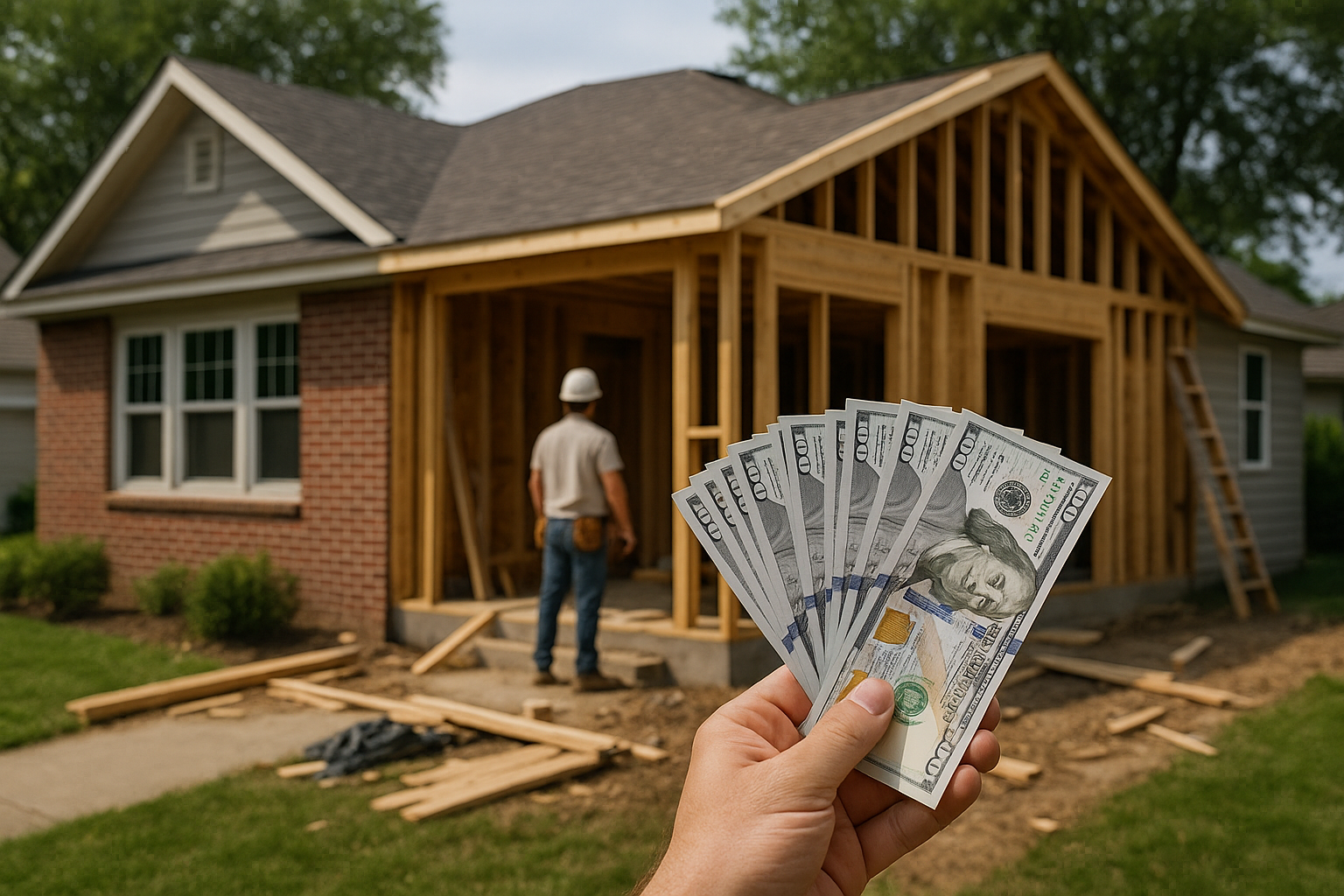Comprehensive Guide To The Possibilities And What To Consider When Exploring Abandoned Homes
Abandoned homes stand as silent testaments to history, often carrying fascinating stories and potential opportunities for the right buyer. These forgotten properties can be found in virtually every community across America, presenting unique investment possibilities for adventurous individuals. Whether you're a real estate investor looking for your next project, a history enthusiast searching for a property with character, or someone seeking an affordable housing alternative, exploring abandoned homes requires careful consideration and knowledge of the associated challenges and rewards.

What To Consider When Exploring Abandoned Homes
Before venturing into an abandoned property, understanding the legal implications is crucial. Trespassing laws vary by state and municipality, making it important to research local regulations. In many cases, entering an abandoned property without permission is illegal, regardless of how long it’s been vacant. Instead, consider legitimate approaches such as contacting the property owner, working with local authorities, or joining organized urban exploration groups that have secured proper permissions.
Safety should be your primary concern when exploring abandoned structures. These buildings often suffer from structural damage, including rotting floors, unstable staircases, exposed nails, and collapsing ceilings. Always wear protective gear including sturdy boots, gloves, respiratory protection (as mold and asbestos may be present), and a hard hat. Never explore alone, and always inform someone of your location and expected return time.
How To Buy Abandoned Homes
Purchasing an abandoned home typically follows one of several pathways. Tax foreclosure auctions are common methods through which local governments sell properties with delinquent taxes. These auctions often offer properties at significantly reduced prices, though they may come with existing liens or tax burdens. Research the property thoroughly before bidding, as these sales are typically “as-is” with no opportunity for inspection.
Another approach involves direct negotiation with the property owner. Finding the owner might require research through county tax records, property deed offices, or hiring a title company. Once located, you can make an offer directly. Be prepared for potentially complex situations, as abandoned properties might be tied up in estate matters, bankruptcy proceedings, or ownership disputes.
Ways To Buy Abandoned Homes
Bank foreclosures represent another opportunity to purchase abandoned homes. When homeowners default on mortgages, banks repossess the properties and eventually list them for sale, often at competitive prices. Working with a real estate agent who specializes in foreclosures can help navigate this process efficiently. Many national banks maintain websites listing their REO (Real Estate Owned) properties for potential buyers.
Government programs exist specifically to address abandoned housing problems in certain communities. The Department of Housing and Urban Development (HUD) offers various programs for purchasing homes, including the Good Neighbor Next Door initiative, which provides significant discounts to qualified buyers such as teachers, law enforcement officers, firefighters, and emergency medical technicians who commit to living in revitalization areas.
Tips To Finding Abandoned Homes
Successfully locating promising abandoned properties requires strategic approaches. Driving through neighborhoods can reveal vacant homes displaying tell-tale signs like overgrown landscapes, accumulated mail, boarded windows, or utility disconnection notices. Regular scouting of particular neighborhoods can help identify newly abandoned properties before they appear in public listings.
Online resources have revolutionized the search process. Websites dedicated to foreclosure listings, county tax assessor databases, and bank REO listings provide valuable information. Additionally, social media groups focusing on real estate investments often share leads on abandoned properties. Building relationships with local mail carriers, utility workers, or neighborhood associations can provide insider knowledge about vacant homes not yet publicly listed.
Pros And Cons Of Buying An Abandoned Home
The advantages of purchasing abandoned homes can be substantial. Acquisition costs are typically lower than market-rate properties, providing significant equity potential after renovation. These properties often offer unique architectural features, historical significance, and larger lot sizes than newer constructions. For investors, the substantial margin between purchase price and post-renovation value can result in attractive profits.
However, challenges abound with abandoned property purchases. Renovation costs frequently exceed initial estimates due to hidden damage, outdated systems, or structural issues. Legal complications may arise from unclear titles, existing liens, or zoning restrictions. Abandoned homes might also be located in declining neighborhoods, limiting potential appreciation. Insurance can be difficult or expensive to obtain until the property is fully renovated to meet current building codes.
Financing Options For Abandoned Home Purchases
Securing funding for abandoned home purchases presents unique challenges compared to traditional real estate transactions. Conventional mortgages rarely apply to these properties due to their condition. Instead, specialized renovation loans like the FHA 203(k) program combine purchase and renovation costs into a single mortgage. For investors, hard money loans provide quick funding based primarily on the property’s potential value rather than the buyer’s credit history, though at higher interest rates.
Prices, rates, or cost estimates mentioned in this article are based on the latest available information but may change over time. Independent research is advised before making financial decisions.
Some buyers pursue creative financing methods such as seller financing, particularly when the property owner is motivated to sell quickly. Local community development organizations sometimes offer special loan programs designed specifically for rehabilitating abandoned properties in targeted neighborhoods. These programs may feature below-market interest rates or partial loan forgiveness for buyers who commit to occupying the renovated home.
Successfully transforming an abandoned home into a restored property requires careful planning, adequate funding, and realistic expectations. While challenges exist, the potential to create significant value while preserving neighborhood history makes these properties uniquely rewarding opportunities for prepared buyers. By conducting thorough research, securing appropriate financing, and assembling reliable renovation teams, abandoned homes can become cherished residences or profitable investments.




